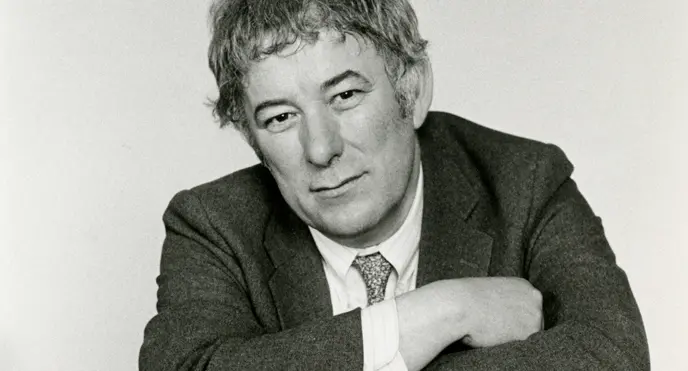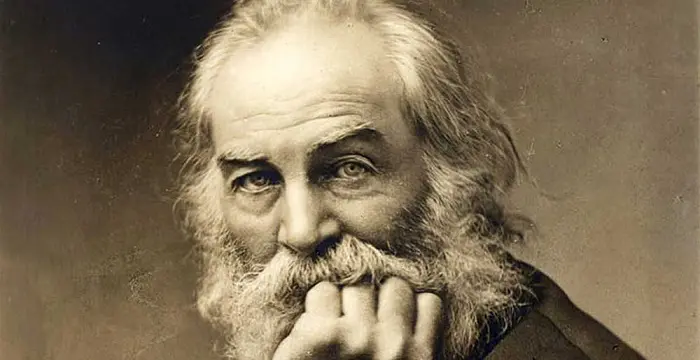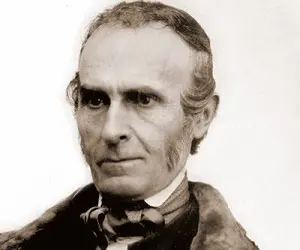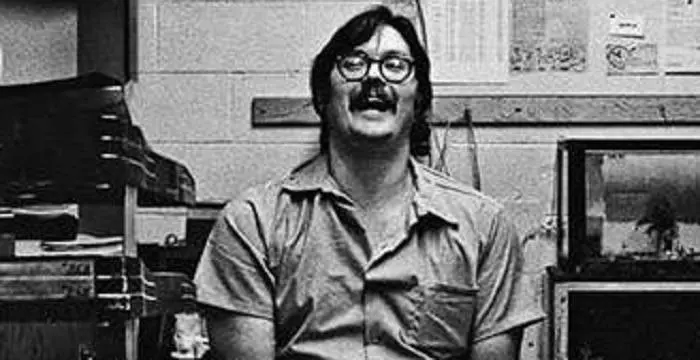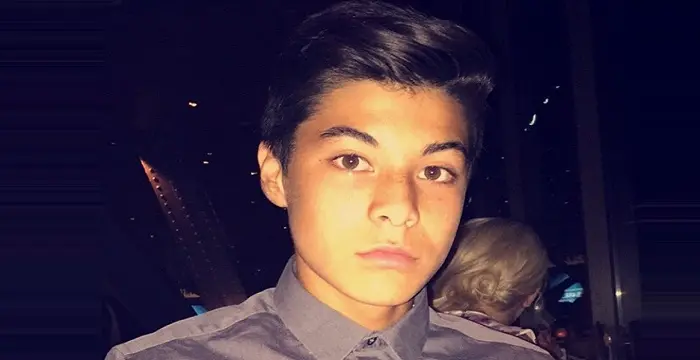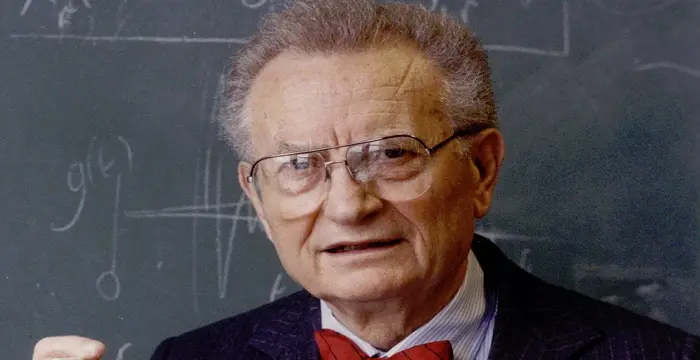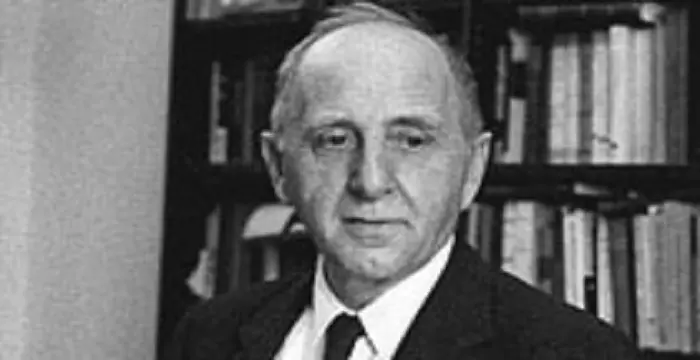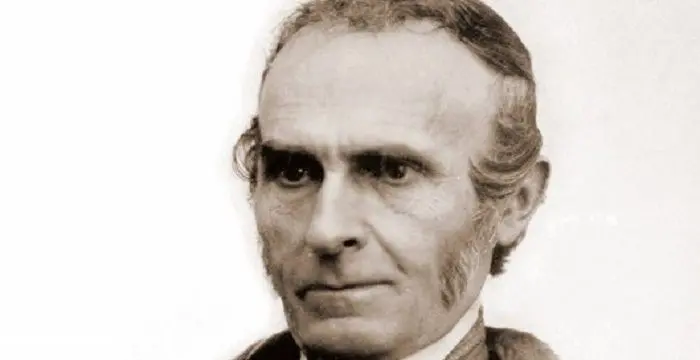
John Greenleaf Whittier - Writers, Timeline and Childhood
John Greenleaf Whittier's Personal Details
John Greenleaf Whittier was an influential American Quaker poet and an ardent Abolitionist
| Information | Detail |
|---|---|
| Birthday | December 17, 1807 |
| Died on | September 7, 1892 |
| Nationality | American |
| Famous | Writers, Poets |
| City/State | Massachusetts |
| Universities |
|
| Birth Place | Haverhill, Massachusetts, United States |
| Religion | Quaker |
| Gender | Male |
| Father | John |
| Mother | Abigail (Hussey) |
| Sun Sign | Sagittarius |
| Born in | Haverhill, Massachusetts, United States |
| Famous as | Poet |
| Died at Age | 84 |
// Famous Poets
Charles Bukowski
Charles Bukowski was a German-born American novelist, short story writer and poet. With this biography, learn in details about his childhood, life, works, career and timeline
Seamus Heaney
Nobel Laureate Seamus Heaney was an Irish poet, playwright and translator. Know about his profile, childhood, life and timeline in the biography below.
Walt Whitman
Walt Whitman was an American poet, journalist and humanist. Read this brief biography to find more on his life & timeline.
John Greenleaf Whittier's photo
Who is John Greenleaf Whittier?
John Greenleaf Whittier was a leading American Quaker poet and a passionate supporter of the abolition of slavery. Born on a farm into a Quaker family, he had limited formal education. His poem, ‘The Exile’s Departure’, was published in the Newburyport Free Press. Its editor, William Garrison became his friend and associate in the abolitionist cause. He went on to edit newspapers in Boston and Haverhill and the New England Weekly Review in Hartford, Connecticut, the most important Whig journal in New England. He continued writing verse, sketches, and tales, and published his first volume of poems, ‘Legends of New England’. His fiery antislavery pamphlet, ‘Justice and Expediency’, made him prominent activist in the abolition movement, and for a decade he was probably its most influential writer. He served a term in the Massachusetts legislature, and spoke at antislavery meetings. Among his other poems are, ‘Voice of Freedom’, ‘Maud Muller’, ‘The Brewing of Soma’ which had the hymn for which he wrote the words, Dear Lord and Father of Mankind, and ‘Snow-Bound: A Winter Idyll’. His verse is often marred by sentimentality and poor technique, but his best poems are still read for their moral beauty and simple sentiments and are regarded as an important voice of his age.
// Famous Writers
Joyce Meyer
Joyce Meyer is a Christian author and speaker. This biography provides detailed information about her childhood, life, achievements, works & timeline
Temple Grandin
Temple Grandin is a well-known American writer, autistic activist and animal expert. This biography profiles her childhood, life, achievements, career and timeline
Tennessee Williams
Tennessee Williams was one of the greatest playwrights of the 20th century. This biography of Tennessee Williams provides detailed information about his childhood, life, achievements, works and timeline.
Childhood & Early Life
Whittier was born on December 17, 1807, to John and Abigail, at their homestead in Haverhill, Massachusetts and grew up in a household consisting of his parents, a brother and two sisters, a maternal aunt and paternal uncle.
There was only enough money to get by and he received little formal education. An avid reader, he studied his father’s six books on Quakerism and its stress on compassion, and social responsibility.
Introduced to the poetry by a teacher, his sister sent his first poem, ‘The Exile's Departure’, to the Newburyport Free Press without his permission and its editor, William Lloyd Garrison, published it in 1826.
Garrison encouraged Whittier to attend the Haverhill Academy. He saved money working as a shoemaker and a teacher. He attended Haverhill Academy from 1827 to 1828 completing high school education in only two terms.
Career
Garrison reassigned Whittier as editor of the weekly American Manufacturer in Boston. He openly criticized President Andrew Jackson, and by 1830, he was editor of influential Whig journal New England Weekly Review in Hartford, Connecticut.
In 1832, he wrote a 900-line eponymous poem about Moll Pitcher, a clairvoyant and fortune-teller and like the poet was a native of Massachusetts. In the poem, Whittier described Moll Pitcher as a witch doing sinful work
In 1833, he published, ‘The Song of the Vermonters’, anonymously in The New-England Magazine. Similarities in the last stanza with Ethan Allen’ prose caused many to believe the entire work to be by Allen.
He became interested in politics but, returned home after losing a Congressional election. 1833, was a turning point for Whittier; he corresponded with Garrison and joined his mentor’s crusade against slavery.
Whittier attended the first meeting of the American Anti-Slavery Convention in Philadelphia. In 1833, he published a pamphlet, ‘Justice and Expediency’, proposing immediate and unconditional emancipation of slaves, considered his most significant contribution.
From 1835 to 1838, he traveled widely in the North, attending conventions, securing votes, speaking to the public and lobbying politicians. Whittier was mobbed and stoned several times in his endeavor.
From 1838 to 1840, he was editor of The Pennsylvania Freeman in Philadelphia, one of the leading antislavery papers. The publication’s new office at Pennsylvania Hall was burned by a pro-slavery mob.
He believed that legislative change was required for the abolitionist movement to succeed. He became a founding member of the Liberty Party in 1839, but later failed to make it to the Congress.
He could not persuade fellow poets Ralph Waldo Emerson and Henry Wadsworth Longfellow to join the Liberty Party though they were staunchly anti-slavery, as they were hesitant about speaking publicly on the subject.
In 1845, he began writing his essay ‘The Black Man’ which included an anecdote about John Fountain, a free black who was jailed in Virginia for helping slaves escape.
The stress of editorial duties, worsening health, and dangerous mob violence made Whittier return home to Amesbury. He remained there for the rest of his life, ending his active participation in abolition.
He could write better abolitionist poetry from home His poems often used slavery to symbolize all kinds of oppression (physical, spiritual, economic), and stirred up positive popular response .
He produced two antislavery poetry collections: ‘Poems Written during the Progress of the Abolition Question in the United States, between 1830 and 1838’ and ‘Voices of Freedom’ (1846).
His poem ‘At Port Royal 1861’ describes the Northern abolitionists arriving at Port Royal, South Carolina, as teachers and missionaries for the slaves left behind when their owners fled the impending Union Navy’ blockade.
The Thirteenth Amendment, passed in 1865, ended slavery. After achieving one of the major objectives of his life, Whittier turned to other forms of poetry for the remainder of his life.
Major Works
He was an ardent advocate of abolition of slavery and adopted poetry as a medium to propagate his views. His persistent efforts bore fruit when the Thirteenth Amendment, passed in 1865, ended slavery.
‘Snow-Bound: A Winter Idyll’, published in 1866, was a financial success. Set in his Homestead, in Haverhill, Massachusetts, it chronicles a rural family confined in their home due to a snow-storm, exchanging stories.
Personal Life & Legacy
Although Whittier was close friends with Quaker-poet and abolitionist Elizabeth Lloyd Howell and considered marrying her, in 1859 he decided against it. He never married and had no children.
He died on September 7, 1892, at the age of 84.
The John Greenleaf Whittier Homestead is now a historic site open to the public. His later residence in Amesbury, where he lived for 56 years, is also open to the public.
Trivia
This Quaker poet and Abolitionist wrote these words, “When faith is lost, when honor dies, the man is dead”.
// Famous Sagittarius Celebrities peoples
Billie Eilish
Billie Eilish Pirate Baird O’Connell is an American singer and songwriter. Check out this biography to know about her childhood, family, personal life, birthday, etc.
Jacelyn Reeves
Jacelyn Reeves is a former flight attendant who once had a fling with Clint Eastwood. Check out this biography to know about her birthday, childhood, family life, achievements and fun facts about her.
Edmund Kemper
Edmund Kemper is a convicted serial killer from America who murdered ten people. Check out this biography to know about his childhood, life, crimes and other facts about him.
John Greenleaf Whittier biography timelines
- // 17th Dec 1807Whittier was born on December 17, 1807, to John and Abigail, at their homestead in Haverhill, Massachusetts and grew up in a household consisting of his parents, a brother and two sisters, a maternal aunt and paternal uncle.
- // 1826Introduced to the poetry by a teacher, his sister sent his first poem, ‘The Exile's Departure’, to the Newburyport Free Press without his permission and its editor, William Lloyd Garrison, published it in 1826.
- // 1827 To 1828Garrison encouraged Whittier to attend the Haverhill Academy. He saved money working as a shoemaker and a teacher. He attended Haverhill Academy from 1827 to 1828 completing high school education in only two terms.
- // 1830Garrison reassigned Whittier as editor of the weekly American Manufacturer in Boston. He openly criticized President Andrew Jackson, and by 1830, he was editor of influential Whig journal New England Weekly Review in Hartford, Connecticut.
- // 1832In 1832, he wrote a 900-line eponymous poem about Moll Pitcher, a clairvoyant and fortune-teller and like the poet was a native of Massachusetts. In the poem, Whittier described Moll Pitcher as a witch doing sinful work
- // 1833In 1833, he published, ‘The Song of the Vermonters’, anonymously in The New-England Magazine. Similarities in the last stanza with Ethan Allen’ prose caused many to believe the entire work to be by Allen.
- // 1833He became interested in politics but, returned home after losing a Congressional election. 1833, was a turning point for Whittier; he corresponded with Garrison and joined his mentor’s crusade against slavery.
- // 1833Whittier attended the first meeting of the American Anti-Slavery Convention in Philadelphia. In 1833, he published a pamphlet, ‘Justice and Expediency’, proposing immediate and unconditional emancipation of slaves, considered his most significant contribution.
- // 1835 To 1838From 1835 to 1838, he traveled widely in the North, attending conventions, securing votes, speaking to the public and lobbying politicians. Whittier was mobbed and stoned several times in his endeavor.
- // 1838 To 1840From 1838 to 1840, he was editor of The Pennsylvania Freeman in Philadelphia, one of the leading antislavery papers. The publication’s new office at Pennsylvania Hall was burned by a pro-slavery mob.
- // 1839He believed that legislative change was required for the abolitionist movement to succeed. He became a founding member of the Liberty Party in 1839, but later failed to make it to the Congress.
- // 1845In 1845, he began writing his essay ‘The Black Man’ which included an anecdote about John Fountain, a free black who was jailed in Virginia for helping slaves escape.
- // 1859Although Whittier was close friends with Quaker-poet and abolitionist Elizabeth Lloyd Howell and considered marrying her, in 1859 he decided against it. He never married and had no children.
- // 1865The Thirteenth Amendment, passed in 1865, ended slavery. After achieving one of the major objectives of his life, Whittier turned to other forms of poetry for the remainder of his life.
- // 1865He was an ardent advocate of abolition of slavery and adopted poetry as a medium to propagate his views. His persistent efforts bore fruit when the Thirteenth Amendment, passed in 1865, ended slavery.
- // 1866‘Snow-Bound: A Winter Idyll’, published in 1866, was a financial success. Set in his Homestead, in Haverhill, Massachusetts, it chronicles a rural family confined in their home due to a snow-storm, exchanging stories.
- // 7th Sep 1892He died on September 7, 1892, at the age of 84.
// Famous Massachusetts peoples
Eugenia Cooney
Check out all that you wanted to know about Eugenia Cooney, the famous American Vlogger & YouTube Personality; her birthday, her family and personal life, her boyfriends, fun trivia facts and more.
Patrick Bouvier Kennedy
Patrick Bouvier Kennedy was the last child of American President John F. Kennedy and First Lady Jacqueline Bouvier Kennedy.
Nic Wallace
Check out all that you wanted to know about Nic Wallace, the famous American Instagram star; his birthday, his family and personal life, his girlfriends, fun trivia facts and more.
Paul Samuelson
Nobel laureate Paul Anthony Samuelson is referred to as the ‘Father of Modern Economics’. This biography profiles his childhood, life, career, achievements and interesting facts about him.
Simon Kuznets
Simon Kuznets was a noted Russian-American economist, statistician, demographer, and economic historian. Check out this biography to know about his childhood, family life, achievements and other facts related to his life.
Steve Carell
Steve Carell is an American actor, comedian, producer, director and writer. This biography profiles his childhood, early life, career, major works, awards, personal life, legacy, timeline and trivia.
John Greenleaf Whittier's FAQ
What is John Greenleaf Whittier birthday?
John Greenleaf Whittier was born at 1807-12-17
When was John Greenleaf Whittier died?
John Greenleaf Whittier was died at 1892-09-07
Where was John Greenleaf Whittier died?
John Greenleaf Whittier was died in Hampton Falls, New Hampshire, United States
Which age was John Greenleaf Whittier died?
John Greenleaf Whittier was died at age 84
Where is John Greenleaf Whittier's birth place?
John Greenleaf Whittier was born in Haverhill, Massachusetts, United States
What is John Greenleaf Whittier nationalities?
John Greenleaf Whittier's nationalities is American
What was John Greenleaf Whittier universities?
John Greenleaf Whittier studied at Haverhill Academy
What is John Greenleaf Whittier's religion?
John Greenleaf Whittier's religion is Quaker
Who is John Greenleaf Whittier's father?
John Greenleaf Whittier's father is John
Who is John Greenleaf Whittier's mother?
John Greenleaf Whittier's mother is Abigail (Hussey)
What is John Greenleaf Whittier's sun sign?
John Greenleaf Whittier is Sagittarius
How famous is John Greenleaf Whittier?
John Greenleaf Whittier is famouse as Poet

